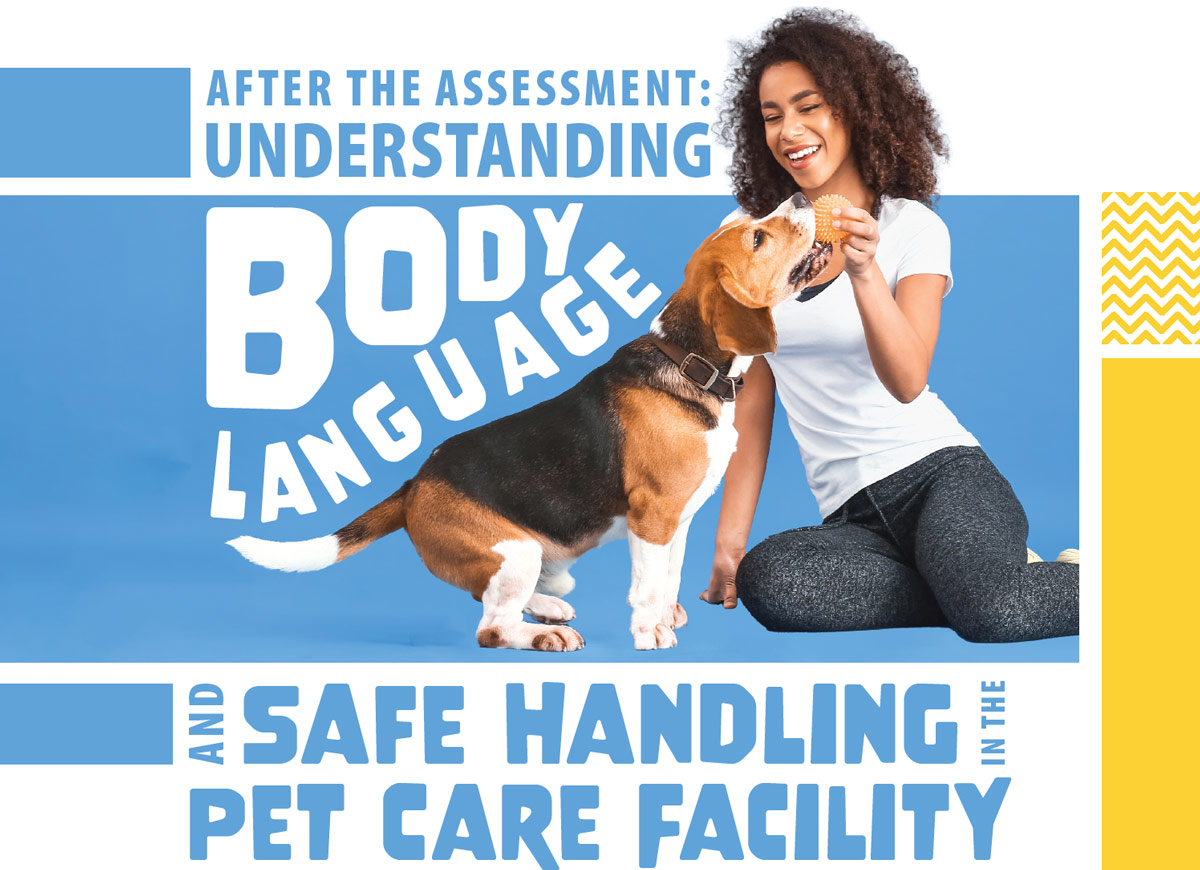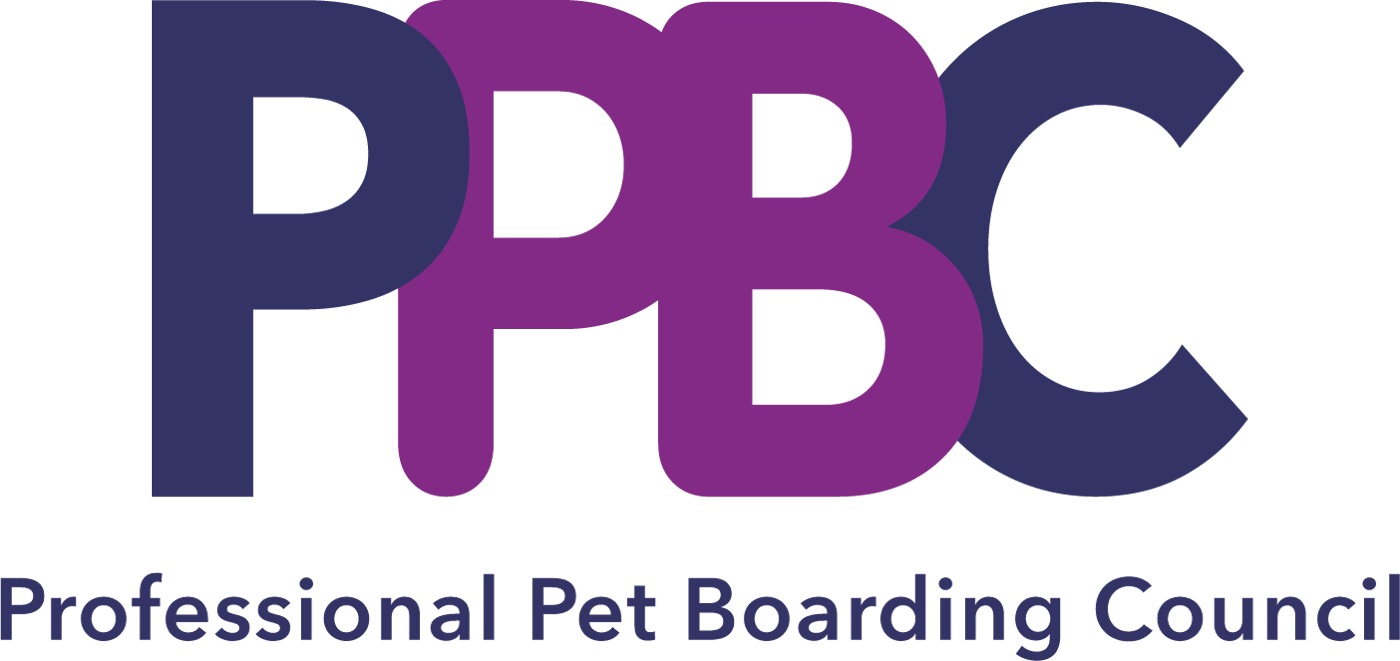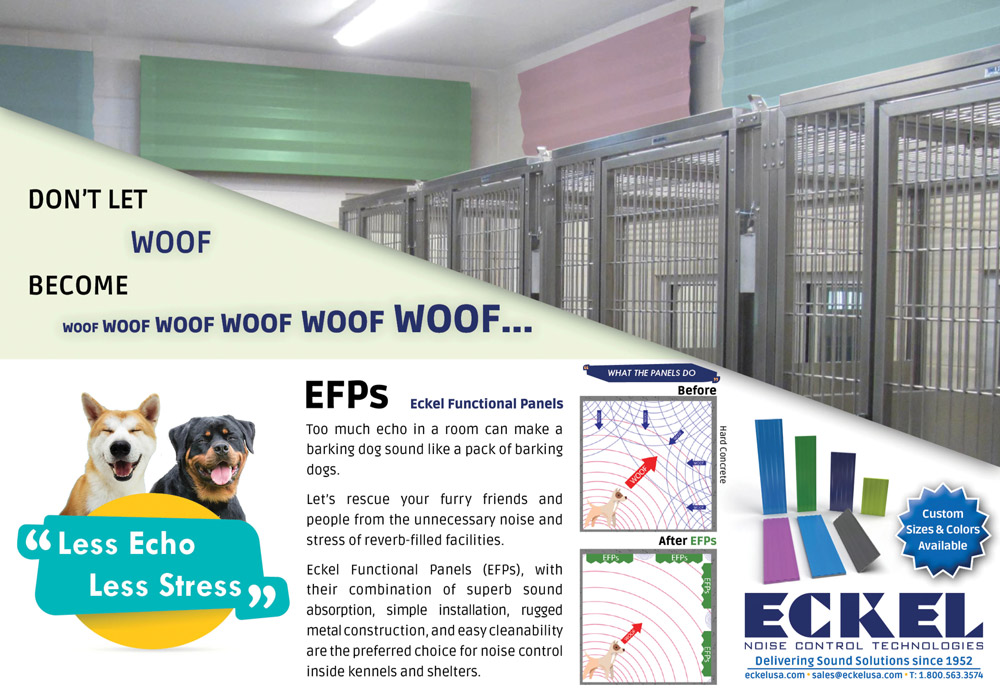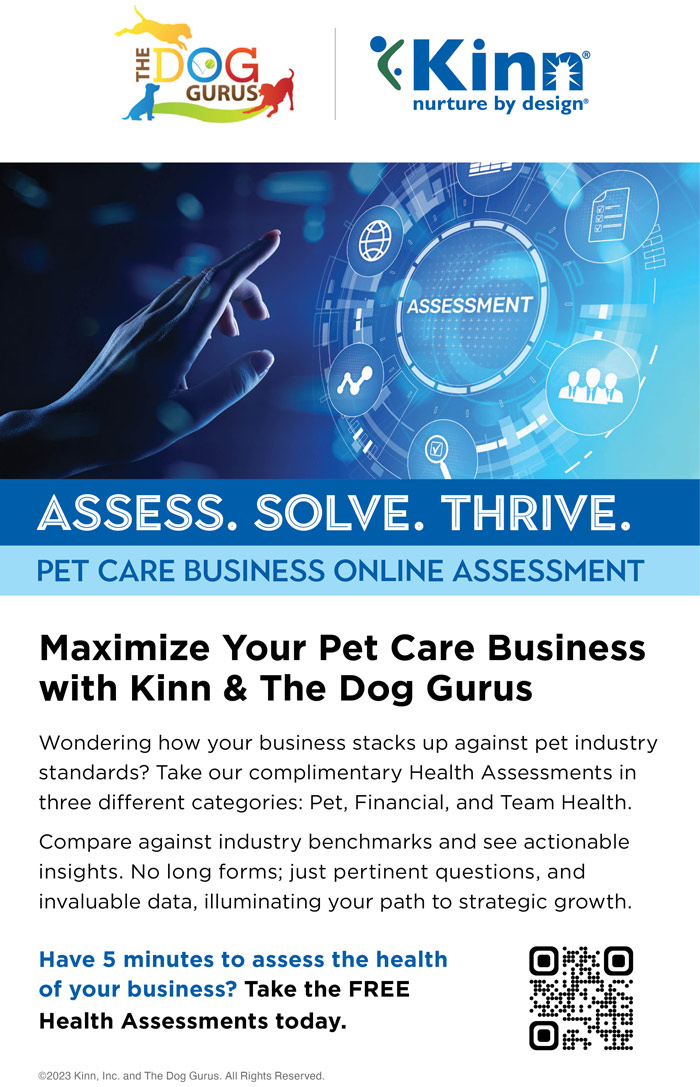Animal Behavior

By

 ontinual observation of body language during a dog’s stay in the pet care facility is a good practice to keep yourself safe, and to keep the dogs happy and healthy as you interact with and care for them. When working in activity areas, dog daycare groups, off-leash play areas, pools, training areas or with special equipment like treadmills, it’s especially important to closely observe body language of the dogs in your care. Aside from helping to keep yourself and other dogs safe, body language changes can also serve as an early warning signal of discomfort or illness.
ontinual observation of body language during a dog’s stay in the pet care facility is a good practice to keep yourself safe, and to keep the dogs happy and healthy as you interact with and care for them. When working in activity areas, dog daycare groups, off-leash play areas, pools, training areas or with special equipment like treadmills, it’s especially important to closely observe body language of the dogs in your care. Aside from helping to keep yourself and other dogs safe, body language changes can also serve as an early warning signal of discomfort or illness.
In addition to the areas listed above, the following situations in a pet care facility can pose a safety risk and require close observation of body language as well as good handling techniques:
- Entering an enclosure with a pet that is uncomfortable in the environment or is highly excited by human contact.
- Feeding dogs that resource-guard (including picking up dishes after mealtime).
- Feeding multiple dogs in the same enclosure.
- Removing personal possessions while the dog is in the enclosure (if they resource-guard).
- Exiting an enclosure with a pet that is uncomfortable, wants to escape or has poor gate manners.

- Removing leashes from dogs that are sensitive about handling around their head or neck.
- Walking dogs in the lodging area, especially those that are aggressive or pull on the leash.
- Handling dogs that display warning signals or uncomfortable body language during potty breaks or activity sessions.
- Distractions outdoors, especially people passing by or wildlife that might have a habitat in the area.
- Loud and unexpected noises.

The following are some safe handling tips that should be practiced by all staff in situations that can pose as a risk, such as those listed above:
- The key to safe handling is constant observation of dogs for changes in their body language. Observe the dog and changes in the environment to catch early signs of discomfort so you can be proactive in keeping dogs comfortable.
- Understand the body language and behaviors of resource-guarding and that the value of the possession is from the dog’s perspective. This means a dog can resource-guard items other than food, beds or toys. In fact, dogs may value some items that we find distasteful (e.g., feces or vomit). Signs of resource-guarding include hovering over, circling or standing near an object, space or person. Watch for the early signs of freezing, lip-licking and curling the lip, as these frequently precede growls and snarls.

- Use the enclosure door as a safety tool to enter and exit the enclosure. Keep the door between you and the dog. Use body-blocking to prevent dogs from escaping during entry and exits.
- Toss small treats (always confirm dog does not have food allergies and that this is an acceptable procedure in your pet care facility) to get a dog to move away from an object you need to pick up, such as food bowls, treats, toys or bedding. Tossing treats can also assist in safe entry and exit of the enclosure.
- Require loose-leash walking as you move dogs through the lodging area.
- Use your body as a visual block as you pass by other dogs.
Stay safe by keeping your eyes on the dogs in your care while also being observant of your environment. Using the safe handling tips and techniques discussed here will help you and your staff successfully manage dogs in any area of the pet care facility.
For more information or to get certified by PPBC, visit www.petboardingcertification.com

